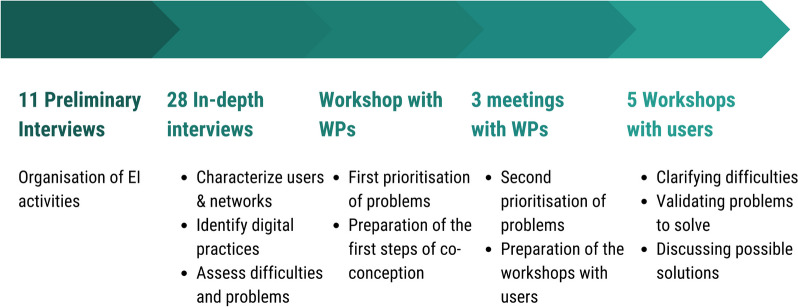
Introduction
Epidemic intelligence (EI) is crucial for managing public health threats. Effective data reporting and surveillance systems are essential for timely responses. However, various challenges hinder these processes. This article highlights the challenges faced by EI practitioners and suggests improvements.
The COVID-19 pandemic has underscored the importance of robust EI systems. The rapid spread of the virus highlighted gaps in data collection, reporting, and analysis. These gaps can delay responses and exacerbate public health crises. As we move forward, it is vital to address these challenges to better prepare for future health emergencies.
Challenges in Data Reporting
Data reporting is a complex task, especially when dealing with large datasets. For instance, the European Centre for Disease Prevention and Control (ECDC) requires datasets to be split into parts with no more than 500 records. This requirement complicates the process, especially for countries like Italy, which have thousands of records. Frequent changes in data entry formats further exacerbate the issue, leading to coordination costs and reduced data reliability.
Moreover, the transparency of data from outside the European Union requires careful validation. This lack of confidence in data reliability can hinder effective decision-making.

Strategic Objectives and Resource Allocation
Different countries have varying priorities for infectious disease surveillance. For example, France focuses on Aedes-borne diseases due to the changing distribution of mosquito vectors. In contrast, Italy prioritises West Nile Virus (WNV) monitoring due to its impact on blood deferral and vector control.
Resource allocation also varies, affecting the quality of surveillance. Limited resources and poor integration between stakeholders can impede the implementation of a One Health plan for antimicrobial resistance (AMR). The lack of cost benefit analysis for vector control strategies further complicates resource allocation.
Professional Networks and Collaboration
EI practitioners emphasise the importance of professional networks for data validation and strategy review. Strengthening these networks can improve data collection and sharing. However, multisectoral collaborations face challenges due to differing priorities and structural constraints.
For instance, the integration of human and animal health sectors is often limited by a lack of understanding of intersectoral relations. This gap hinders the development of comprehensive surveillance plans.
Proposed Improvements
To address these challenges, several improvements are suggested. First, enhancing the interoperability of information technology (IT) systems can streamline data reporting. Standardising data entry formats and interfaces can reduce coordination costs and improve data reliability.
Second, increasing resource allocation for surveillance activities is crucial. Conducting cost benefit analyses can help optimise resource use and improve the quality of surveillance.
Third, fostering professional networks and collaborations can enhance data validation and strategy development. Regular exchanges of experiences and procedures between countries can lead to better surveillance practices.
Finally, adopting a prospective approach to surveillance can help address new threats more quickly. This approach involves anticipating future challenges and preparing accordingly.
Conclusion
Effective EI systems can significantly impact healthcare resource allocation, ensuring that interventions are both cost-effective and timely. By improving data reporting and surveillance, we can better understand the economic burden of diseases and allocate resources more efficiently.
Moreover, robust EI systems can facilitate market access for new healthcare solutions by providing comprehensive data on disease prevalence and treatment outcomes. This data is crucial for demonstrating the value of new interventions to payers and policymakers. Robust surveillance can also support dynamic pricing strategies, allowing for more flexible and responsive pricing models based on real-time data.
In conclusion, investing in improved EI systems will yield substantial benefits in terms of both public health and economic efficiency. By addressing the current challenges in data reporting and surveillance, we can enhance our ability to respond to health threats, optimise resource allocation, and support the market access of innovative healthcare solutions.
